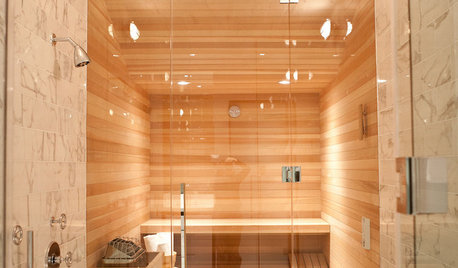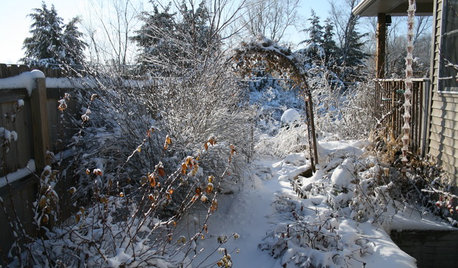Is 6 awg wire enough for 130' to a hot tub
bojah
13 years ago
Featured Answer
Comments (15)
bojah
13 years agoRelated Professionals
Salem General Contractors · American Canyon General Contractors · Bowling Green General Contractors · Leavenworth General Contractors · Middletown General Contractors · Modesto General Contractors · Rossmoor General Contractors · Saint George General Contractors · Channahon Handyman · Hercules Solar Energy Systems · Burr Ridge Home Automation & Home Media · Chattanooga Home Automation & Home Media · Los Angeles Home Automation & Home Media · Plant City Home Automation & Home Media · Stamford Home Automation & Home Mediabojah
13 years agoRon Natalie
13 years agokudzu9
13 years agoRon Natalie
13 years agoRon Natalie
13 years agonormel
13 years agoRon Natalie
13 years agobrickeyee
13 years agoRon Natalie
13 years agoRon Natalie
13 years agobrickeyee
13 years agoBlue Mountain Electric
7 years agoRon Natalie
7 years ago
Related Stories

REMODELING GUIDES5 Hot Tips for Home Saunas
Bask in your very own heated haven, indoors or out. This overview will get you off to a glowing start
Full Story
DREAM SPACESJust a Few Things for the Dream-Home Wish List
A sunken hot tub, dedicated game room, tree house, hidden wine cellar and more. Which of these home luxuries would you like best?
Full Story
LIFE6 Ways to Beat the Winter Blahs
Snow and dark days dampening your spirits? These ideas will have you looking on the bright side
Full Story
BATHROOM DESIGNDreaming of a Spa Tub at Home? Read This Pro Advice First
Before you float away on visions of jets and bubbles and the steamiest water around, consider these very real spa tub issues
Full Story
GREAT HOME PROJECTSHow to Get a Claw-Foot Tub for Your Bathroom
Here’s what to know about buying vintage or new — and how to refurbish a classic
Full Story
ROOM OF THE DAYRoom of the Day: Ditching the Tub for a Spacious Shower
A Georgia designer transforms her master bathroom to create a more efficient and stylish space for 2
Full Story
FEEL-GOOD HOME6 Design Ideas for Happy Pets
Keep your dog or cat feeling safe and in high spirits, and you'll all feel more at peace. Here's how
Full Story
LAUNDRY ROOMSSee an Amazing $400 Laundry Room Remodel for a Family of 8
Budget shopping and DIY spirit create folding space, smart storage and better organization for a couple and their 6 kids
Full Story
PETS15 Doggone-Good Tips for a Pet Washing Station
Turn a dreaded chore into an easier task with a handheld sprayer, an elevated sink or even a dedicated doggie tub
Full Story
BATHROOM DESIGNDesign an Easy-Clean Bathroom
These ingenious strategies and sleek designs for the sink, tub, shower and toilet help your bathroom practically clean itself
Full StoryMore Discussions







kurto